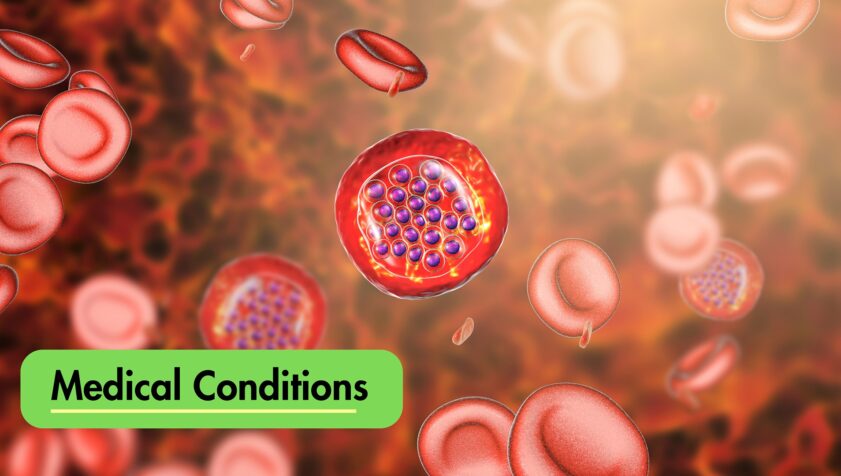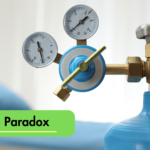Introduction:
Oxygen therapy, a medical treatment involving the administration of oxygen to individuals suffering from respiratory or certain other medical conditions, has proven to be an invaluable tool in modern medicine. While its primary association may be with respiratory ailments, the therapeutic benefits of oxygen extend far beyond the lungs. In this blog, we’ll delve into the diverse range of medical conditions across different organ systems that can be effectively treated or managed through oxygen therapy.
Respiratory System:
- Chronic Obstructive Pulmonary Disease (COPD):
COPD encompasses conditions such as chronic bronchitis and emphysema, characterized by airflow limitation. Oxygen therapy is often prescribed to alleviate hypoxemia, a common complication of advanced COPD, improving patients’ exercise capacity and quality of life.
- Asthma:
Severe asthma attacks can lead to dangerously low oxygen levels in the blood. Supplemental oxygen during acute exacerbations helps stabilize patients and prevent hypoxia-related complications.
- Pneumonia:
In cases of severe pneumonia where respiratory function is compromised, oxygen therapy supports lung function and aids in combating the infection by ensuring adequate oxygenation of tissues.
Cardiovascular System:
- Heart Failure:
Oxygen therapy plays a supportive role in managing congestive heart failure by reducing the workload on the heart and alleviating symptoms of breathlessness and fatigue.
- Myocardial Infarction (Heart Attack):
Administering oxygen to patients experiencing a heart attack helps ensure sufficient oxygen supply to the heart muscle, minimizing tissue damage and improving outcomes.
Neurological System:
Stroke:
Oxygen therapy is often utilized as part of the acute management of stroke to prevent secondary brain injury by maintaining optimal oxygen levels in the blood and brain tissue.
Traumatic Brain Injury (TBI):
Adequate oxygenation is crucial in minimizing the extent of brain damage following a traumatic brain injury. Oxygen therapy is employed to optimize cerebral perfusion and mitigate hypoxic-ischemic injury.
Wound Healing:
Chronic Wounds:
Oxygen therapy, particularly hyperbaric oxygen therapy (HBOT), promotes wound healing in conditions such as diabetic ulcers, non-healing wounds, and radiation-induced tissue damage by enhancing tissue oxygenation and fostering angiogenesis.
Pediatric Conditions:
Premature Birth:
Oxygen therapy is often administered to premature infants with underdeveloped lungs to prevent or treat respiratory distress syndrome and associated complications.
Neonatal Hypoxemia:
Newborns with respiratory distress or congenital heart defects may require oxygen therapy to maintain adequate oxygen saturation levels and prevent hypoxemia-related complications.
Conclusion:
From respiratory disorders to cardiovascular emergencies and neurological conditions, oxygen therapy serves as a cornerstone in the management of a diverse array of medical ailments. By ensuring adequate tissue oxygenation, oxygen therapy not only alleviates symptoms but also promotes healing and improves patient outcomes across various organ systems. However, it’s essential to recognize that oxygen therapy should be prescribed judiciously, with careful consideration of individual patient needs and underlying pathophysiology, to maximize its therapeutic benefits while minimizing potential risks.







